A decade ago, a mysterious, deep, giant crater appeared in Siberia, leaving a circular scar in the middle of the desolate landscape.
Since 2014, more than 20 such craters have been discovered in the Yamal and Gyda peninsulas in northwestern Siberia, according to CNN. The most recent crater was discovered in August. For years, scientists have been puzzled by how these giant craters formed. A variety of theories have emerged, including meteorite impacts or even aliens, to explain how the craters were created.
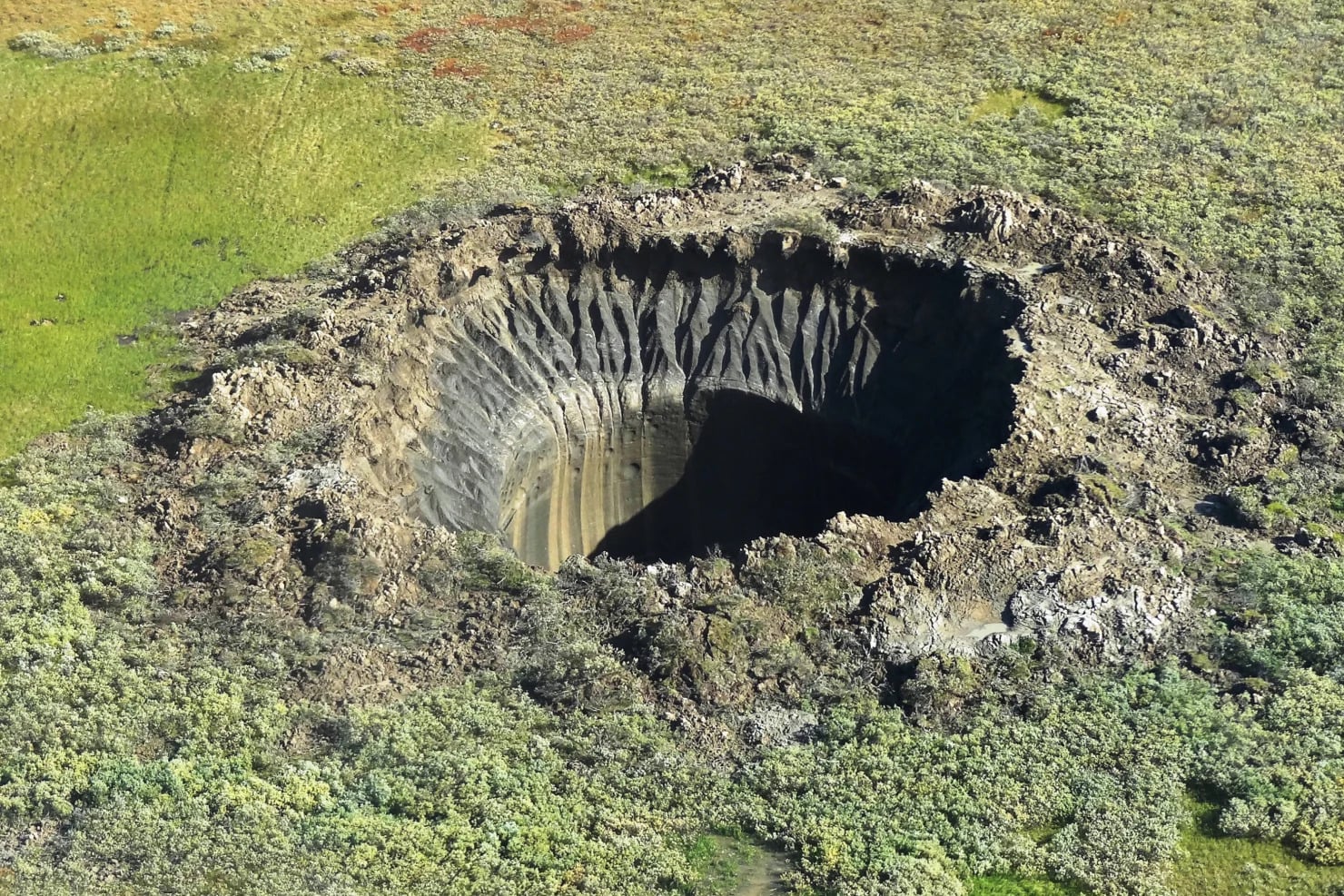
A crater on the Yamal Peninsula, northwestern Siberia on August 25, 2014.
Recently, a team of engineers, physicists, and computer scientists have come up with a new explanation for the formation of giant craters in Siberia. According to the scientists, the combination of human-caused climate change and the region's unusual geology are the factors that formed the aforementioned craters.
Previously, scientists generally agreed that craters form when gases (including methane) build up inside an ice cavity, causing a mound to appear on the ground. As the pressure below builds up and overcomes the pressure of the mound above, the mound is blown away along with other debris in the explosion, leaving a giant crater. The debate now is over the more specific mechanism of how the pressure builds up and where exactly the gases come from.
"There are no reports of anything involving chemical combustion," said Ana Morgado, study author and chemical engineer at the University of Cambridge. "It's all physical, like inflating a tire."
The new findings focus on the complex geology of the area. Specifically, beneath the ground is a thick layer of permafrost — a mixture of soil, rock, and sediment held together by ice — and a layer of “methane hydrate” — a solid form of methane gas. Sandwiched between the two layers are pockets of salty water called “cryopes.”
As climate change causes temperatures to rise, the ice on the surface will melt, causing water to flow down through the permafrost and into the “methane hydrate” layer, seeping into the salty water. However, there is not enough space for the additional water, causing pressure to build up and the ground to crack, creating cracks in the surface. These cracks cause a rapid drop in pressure at depth, damaging the methane hydrate layer and causing an explosion.
The study suggests that the complex process between permafrost and methane melt could have lasted decades before an explosion occurred. Morgado said the process was unique to Siberia, but stressed that researchers could still strengthen the hypothesis by looking at other factors.
Much controversy
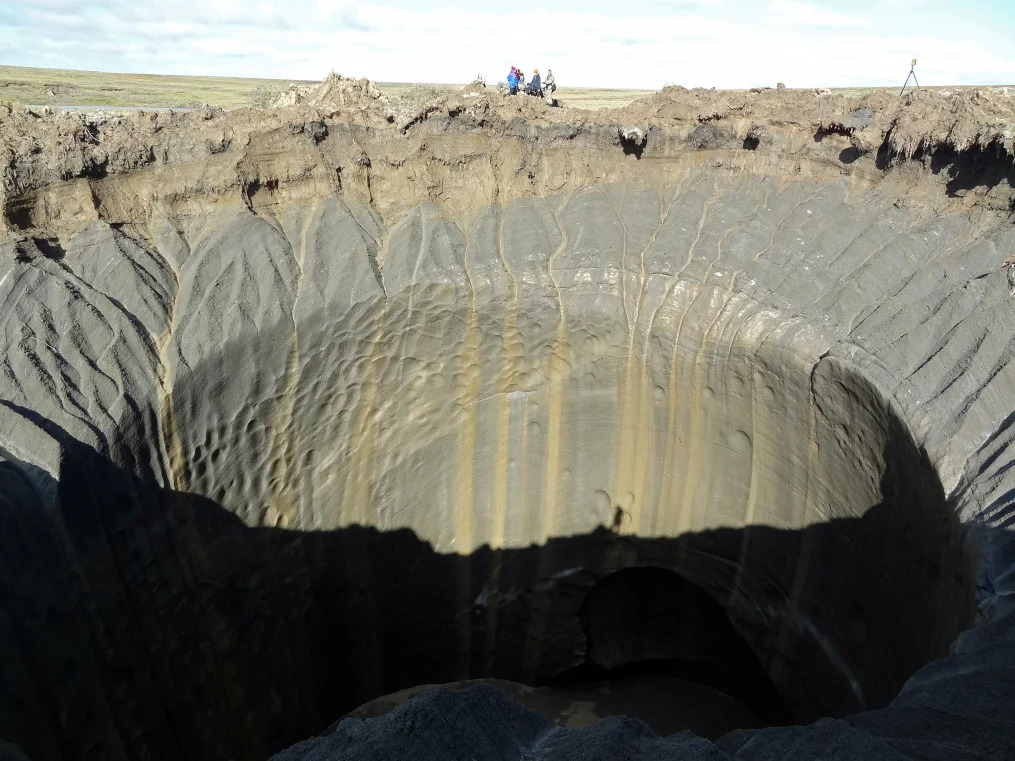
Many craters are so deep and bottomless that the Yamal Peninsula has no visible bottom.
The new discovery has received many opposing opinions from researchers around the world . Mr. Evgeny Chuvilin, a research scientist at the Skolkovo Institute of Science and Technology (Russia), assessed the idea of the above research as very "new" but did not agree with the view that the crater was formed due to the geology of the area.
The permafrost in northwest Siberia is unusual because it has such high levels of ice and methane, Chuvilin told CNN, making it unlikely that water from the top layer of soil would pass through the permafrost and reach the deep frozen layers below. Chuvilin said the findings are "still too general" and do not take into account the complexity of the region. More work needs to be done to help solve the mystery of exactly how this process works, he said.
Lauren Schurmeier, a geophysicist at the University of Hawaii, agrees with Chuvilin. Schurmeier said that although the study makes sense in theory, there are still "many potential gas sources for these craters."
Most scientists agree that climate change is playing a role and could lead to an increase in giant craters in the future. As such, CNN reports, researchers will continue to monitor these phenomena to predict where they are likely to appear in the future and analyze the impact on residential areas or oil and gas operations in the area.
Source: https://thanhnien.vn/giai-ma-bi-an-nhung-ho-bang-sau-khong-lo-o-siberia-1852411130859284.htm


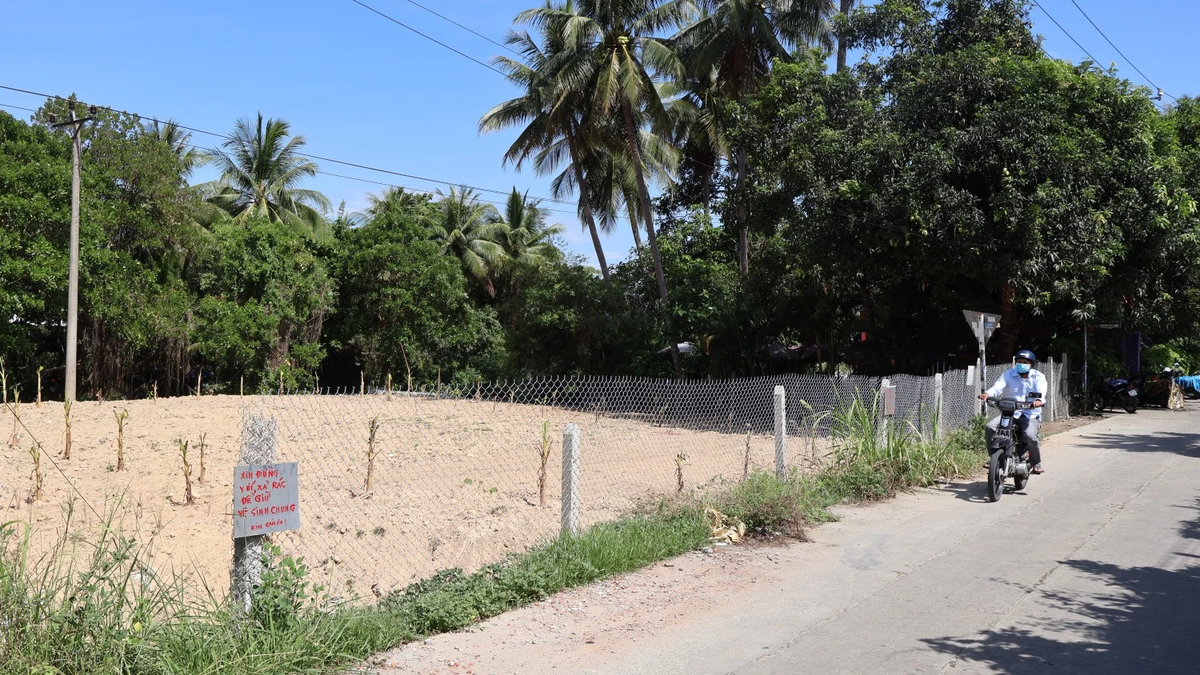







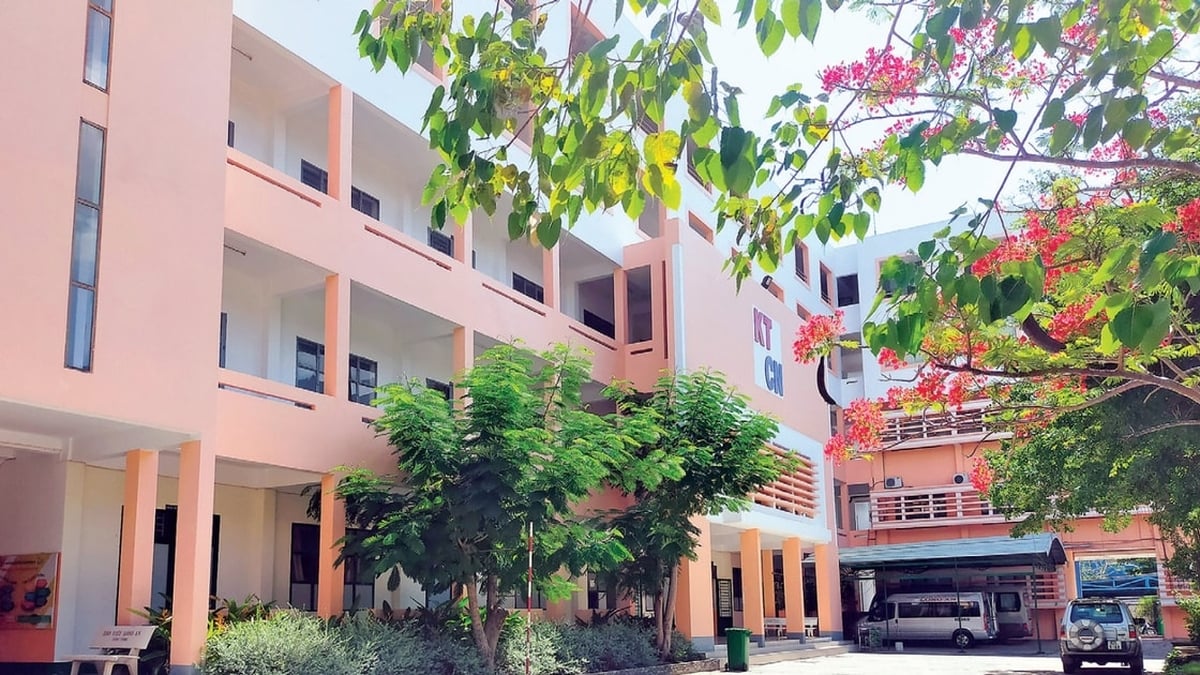











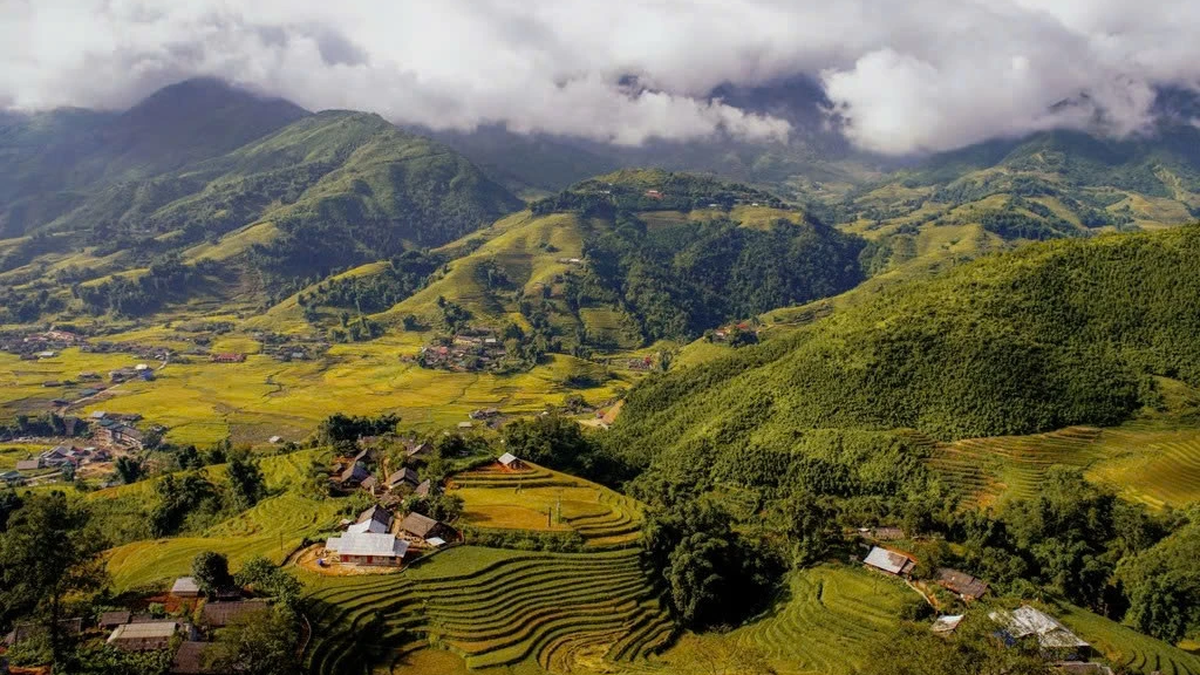








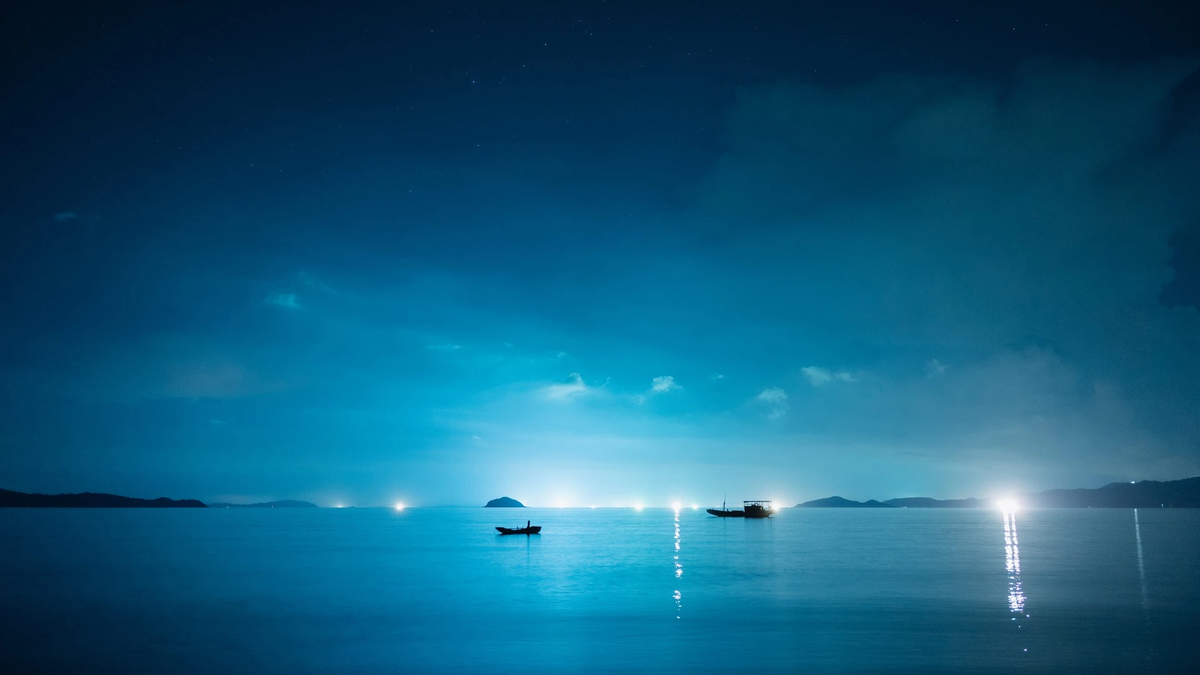




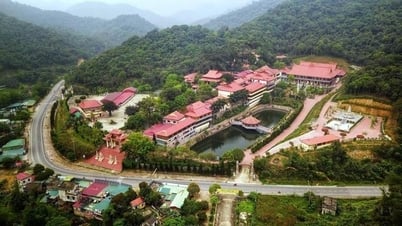

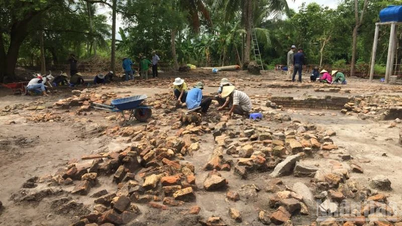
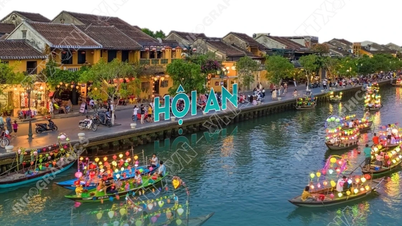














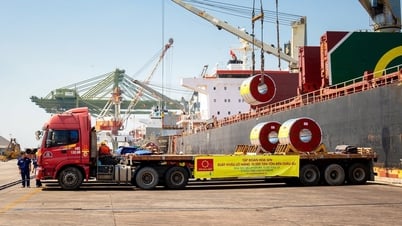











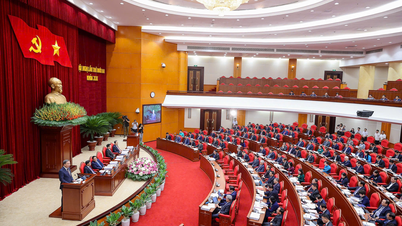

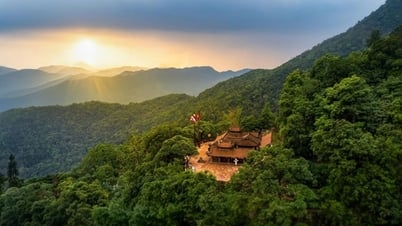







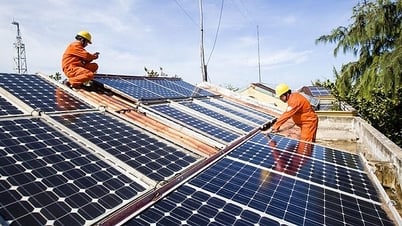
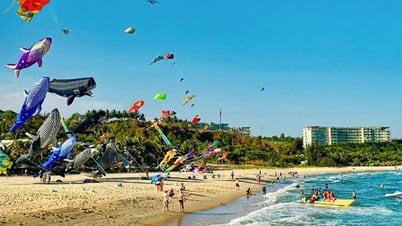









![[Infographic] In 2025, 47 products will achieve national OCOP](https://vphoto.vietnam.vn/thumb/402x226/vietnam/resource/IMAGE/2025/7/16/5d672398b0744db3ab920e05db8e5b7d)













Comment (0)